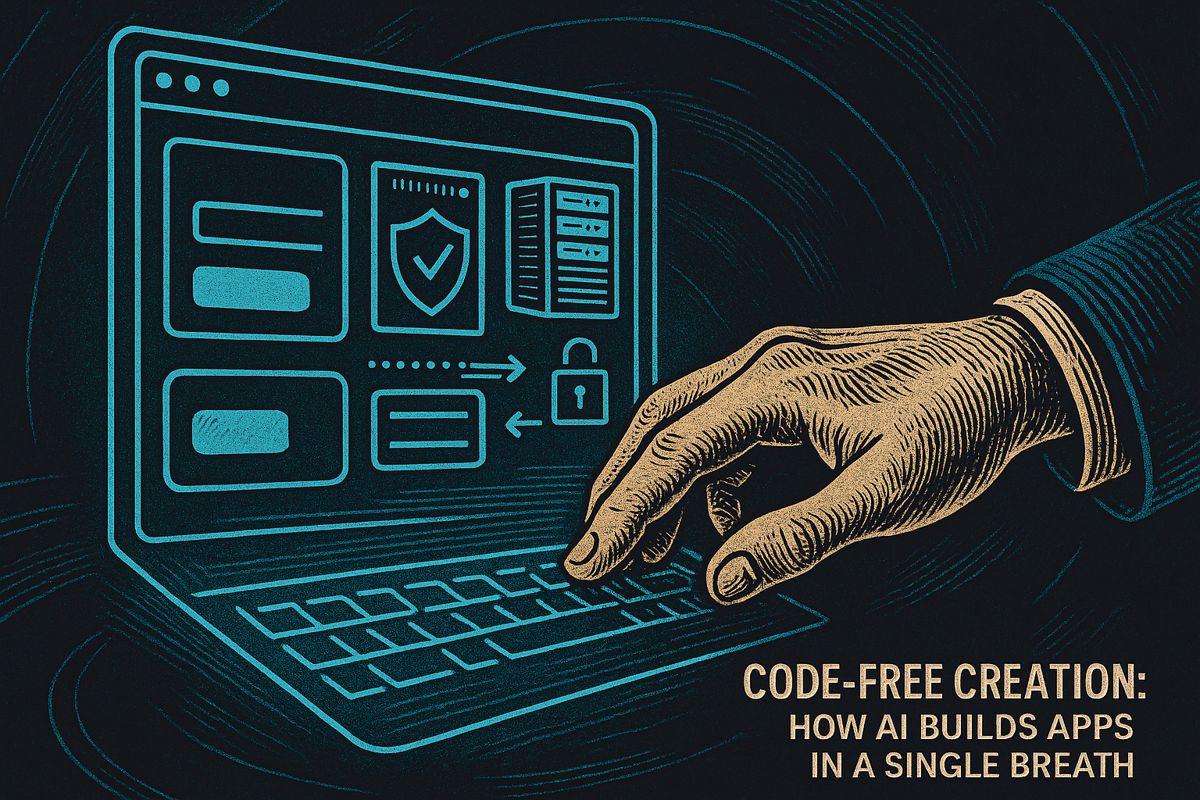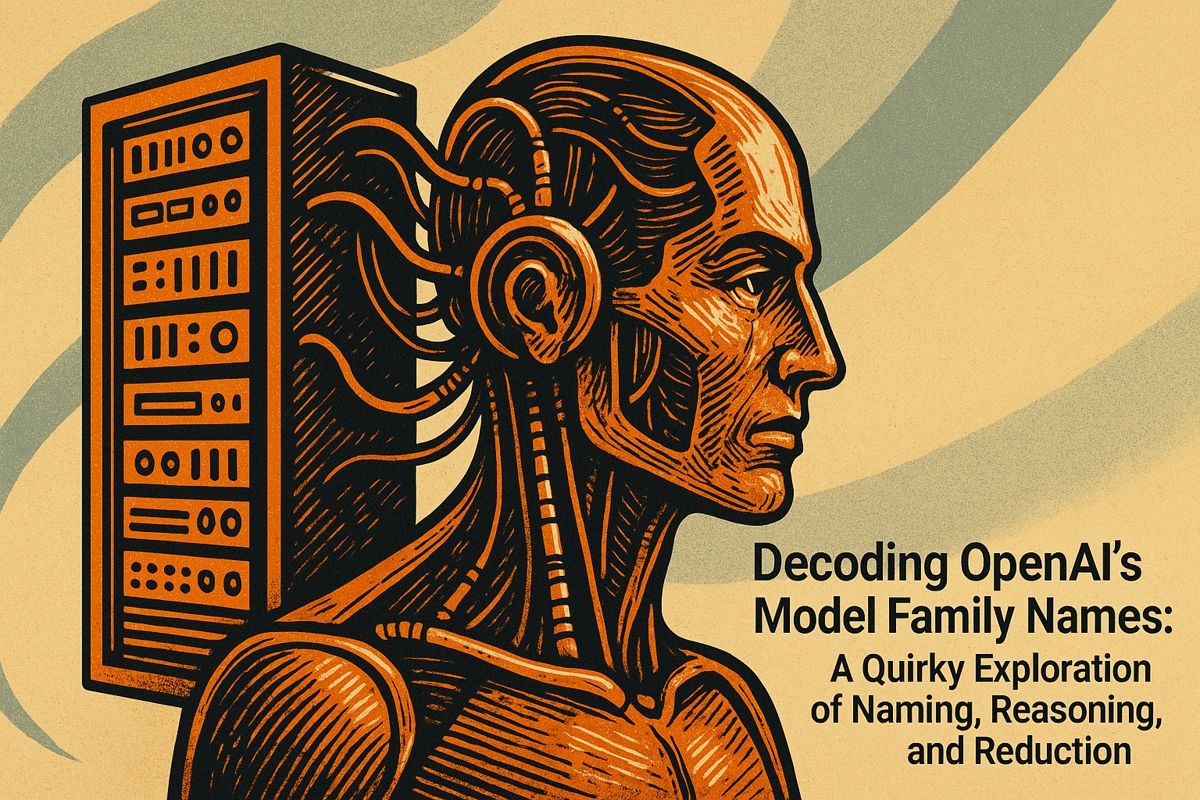Freestyle is changing how developer guides are made by making them easier for AI to read and use. It adds special tags to every part of the documentation, so AI helpers can quickly understand everything without guessing. This new way cuts down on mistakes and saves time because AI can keep the information updated and tidy. Now, documentation becomes a powerful tool that both people and machines can use easily.
How does Freestyle redefine documentation for AI-native enterprises?
Freestyle transforms developer documentation by using structured frontmatter, making every detail machine-readable for AI assistants. This approach reduces AI-generated errors by up to 34%, streamlines automation, and combats knowledge sprawl, effectively turning documentation into a live, queryable asset for modern workflows.
Freestyle has quietly flipped the documentation playbook on its head with a redesign aimed squarely at AI-driven workflows. In 2025 the guidance that engineers reach for is no longer a static site but an active data layer that AI assistants ingest before they ever speak to a human. According to the project’s recent announcement, the new docs are built around structured frontmatter so that every parameter, return type and usage pattern is machine-readable from the first line.
The frontmatter acts like a miniature API specification that sits on top of each article. When a large language model opens the page it immediately learns context instead of guessing it, cutting the error rate of AI-generated code suggestions by up to 34 % in early internal tests. Freestyle pairs this metadata with language-specific code examples that can be copied straight into an editor through a context-aware button, turning documentation into a live integration tool rather than a reference shelf.
Industry data backs the timing. Surveys by Teamcamp show that developer teams now spend 70 % less time on documentation tasks when the underlying format is structured for AI consumption, largely because generation and maintenance can be automated. GitBook AI and Scribe have reported similar gains, suggesting that the trend is moving from experimental to default practice across the ecosystem.
Behind the scenes, the shift also tackles a creeping problem: knowledge sprawl. As AI tools write more docs, teams risk drowning in auto-generated fragments. By baking strict metadata schemata into the frontmatter Freestyle ensures every page carries enough context to be understood or pruned automatically, keeping the repository searchable for both humans and machines.
The broader signal is clear. Developer tools in 2025 are no longer optimized for human eyeballs first; they are engineered for the AI assistants that sit between engineers and their code. Freestyle’s redesign is one of the first mainstream examples that treats documentation as a shared protocol rather than a publication, turning institutional knowledge into a living, queryable asset.



















